Technically almost everything we see, and our cameras capture, is reflected light. Unless we happen to be looking straight into a light source. So I am referring to something more specific in the “magic of reflected light”. Perhaps you could call it secondary reflected light, or use a more technical term – indirect illumination.

Hallowe’en sunset at the churchyard in Rusper.
A stocky bright church tower behind me was reflecting a lot of light onto the yew tree canopy and helped me achieve better tonal balance in the frame.
Light from the sun and other sources hits objects in the scenery around you, bounces off them and reaches your eyes. But it also bounces between the objects. A fact that we usually don’t give much thought to. And which sometimes can be enormously useful in outdoor photography.
There is always some amount of light reflected between objects in the three-dimensional space around us. Usually it’s rather “low key”, not noticeable enough to be significant when composing our images and figuring out our exposures. However, on occasion this secondary light can be so intense that it changes the tonal relations in the frame quite importantly.
 Moody afternoon at Canary Wharf.
The sun was somewhere behind and to the left of the buildings. But a huge cluster of bright clouds behind my right shoulder reversed the tonality for a couple of minutes. 60 seconds exposure.
Moody afternoon at Canary Wharf.
The sun was somewhere behind and to the left of the buildings. But a huge cluster of bright clouds behind my right shoulder reversed the tonality for a couple of minutes. 60 seconds exposure. Reflected light in architecture
It is probably more readily appreciable, and predictable, in an architectural environment. Or otherwise in scenes that have architectural elements in them. For instance, when you look down a street lined with bright facades. With the light coming from the side, the sunlit buildings will often reflect huge amounts of light onto the other, shaded side of the street. This can make the scene both more appealing, and easier to expose properly. Because the reflected light softens harsh contrasts in the frame.
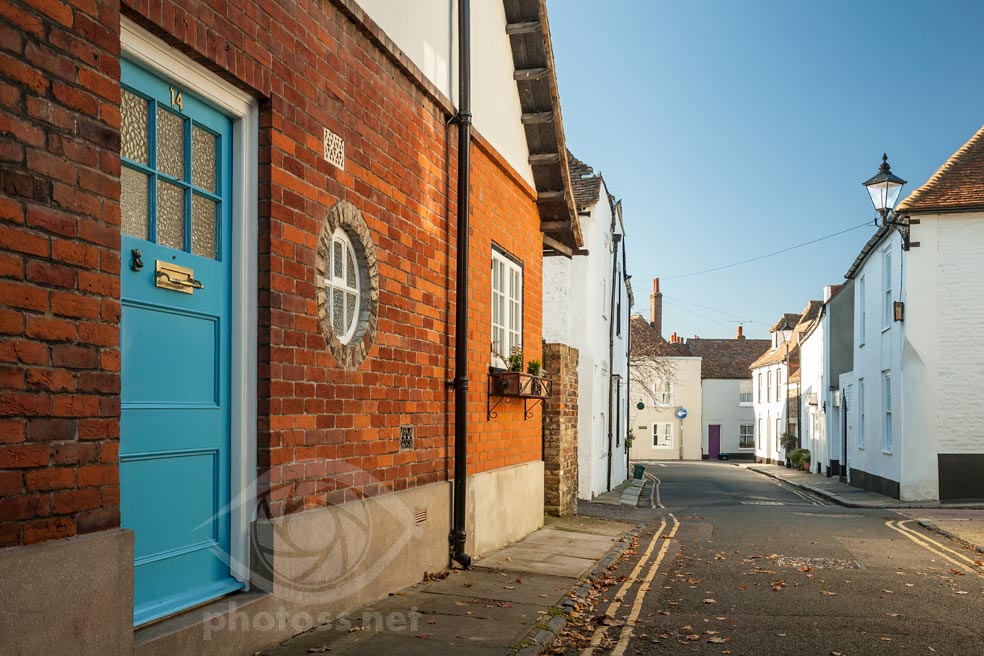
Autumn afternoon in Sandwich.
A bright building to the right of the frame was reflecting vast amounts of sunlight and very effectively illuminating the house on the shaded side of the street.
Imagine another situation. You want to photograph a fountain statue against the sun. Behind you is a bright stone facade of a church. It, too, will reflect a lot of sunlight onto the shaded part of the statue, thus lessening the contrasts and possibly transforming a silhouetted shot into a semi-silhouetted one. Good if there is interesting detail on the statue.
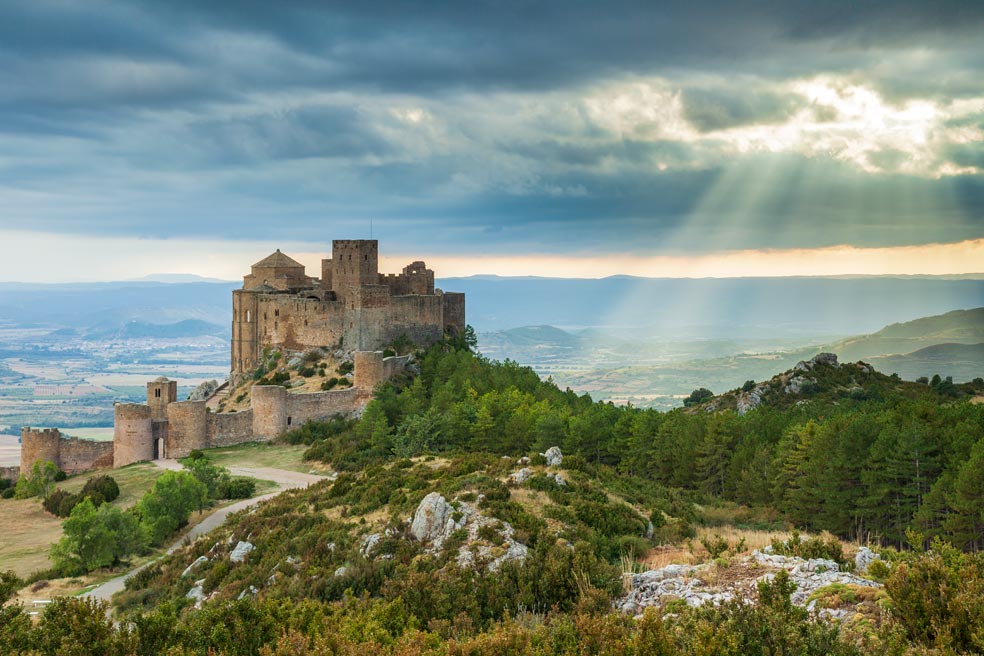
Loarre Castle, Spain.
Direct sunlight was obviously mostly blocked by the clouds at this moment. At the same time a large white cloud was passing to the left of the frame. And it bounced so much light onto the shaded side of the castle that it was brighter than the sun-facing side.
Reflected light in natural scenes
Although often less obvious, the same mechanisms apply to natural landscape scenes. A chalky cliff face, or a large bright rock can possibly reflect tons of light onto the nearby objects. But the most bankable source of indirect illumination in a natural environment are clouds.
They can dramatically change the overall tonality in the frame. Usually for the better, or at least for the more interesting. And not only that, they can often considerably enhance the perception of colours in the scene. Making for a more nuanced and vibrant colour palette. You don’t even need to include the clouds in the frame to appreciate their impact.
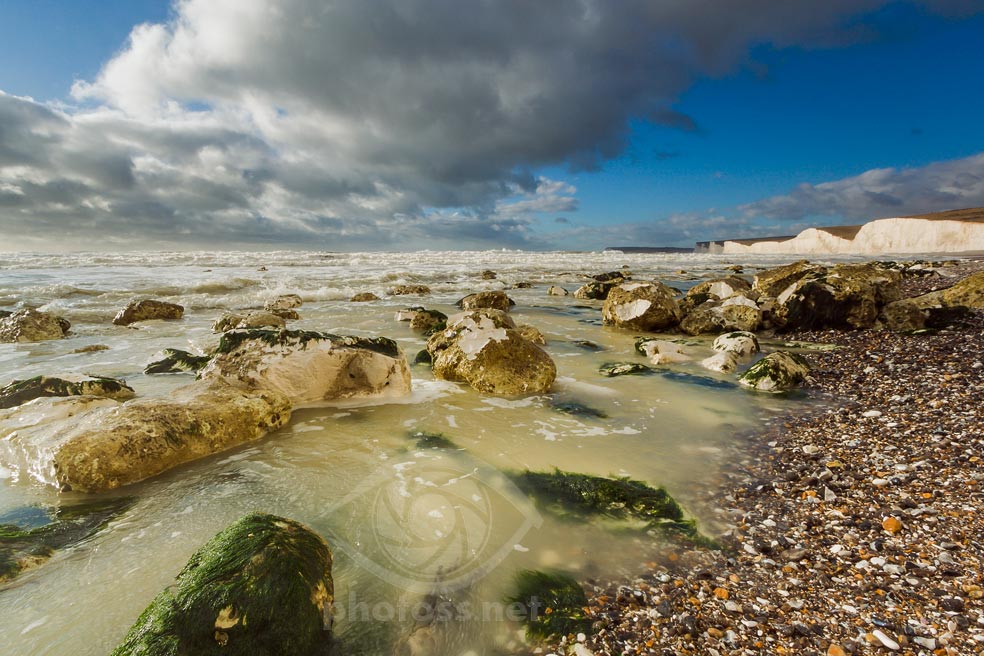
Winter afternoon at Birling Gap.
A huge chalky cliff face to my right was bouncing off so much sunlight onto the shaded parts of the foreground that it almost looks as if I’d used a flash for this exposure.
Naturally, clouds are never static, they constantly shift and transform. Hence their beneficial effects on the scenery are usually very short-lived. And thus very easy to miss. So you always need to be alert and sensitive to those subtle changes which may occur at any moment. Also, clouds of course come in all shapes and sizes. Large low hanging bright clouds will influence the tonality in your scene a lot more noticeably than high altitude “wispies”.
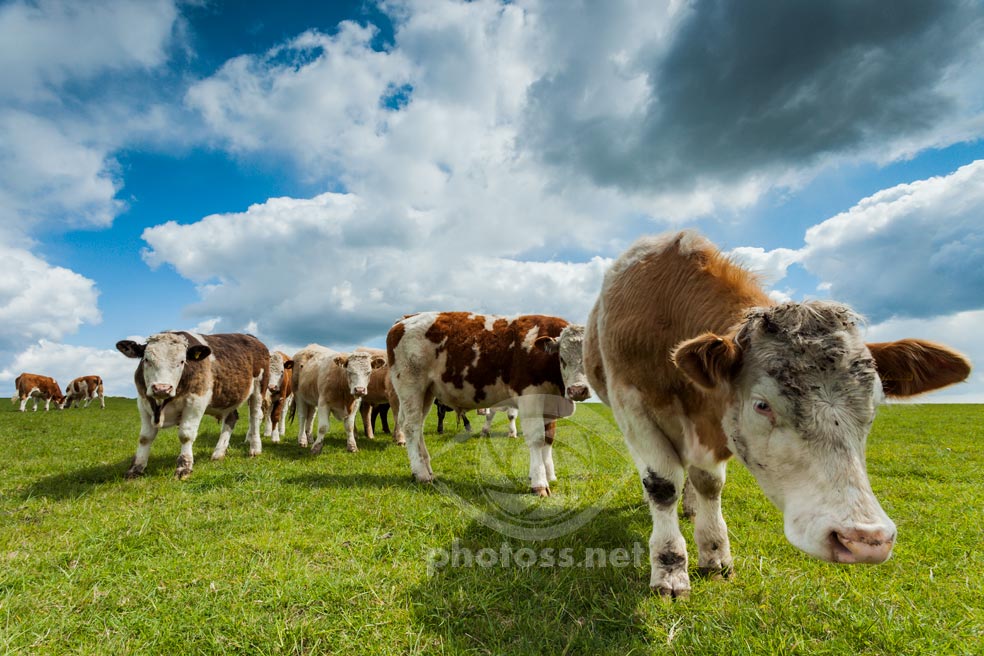
Bulls on the South Downs near Brighton.
A colossal cluster of white clouds off the frame reflected tremendous amounts of light onto the shaded parts of the bulls. And created an almost HDR-esque tonality. This is a single exposure though and was quite easy to take.
Train your eye...
If these concepts are new to you, I’d recommend you study light at every opportunity. And I mean it on a perceptual, and not “scientific” or quantifiable, level. Analyse how the light bounces between different objects around you. Even in the most mundane contexts, like the crockery on your kitchen table. Move the pieces around and see how it affects the whole scene. It will sensitise your eyes to those subtle shifts in light, and will help you discern them better when you’re out and about with your camera.
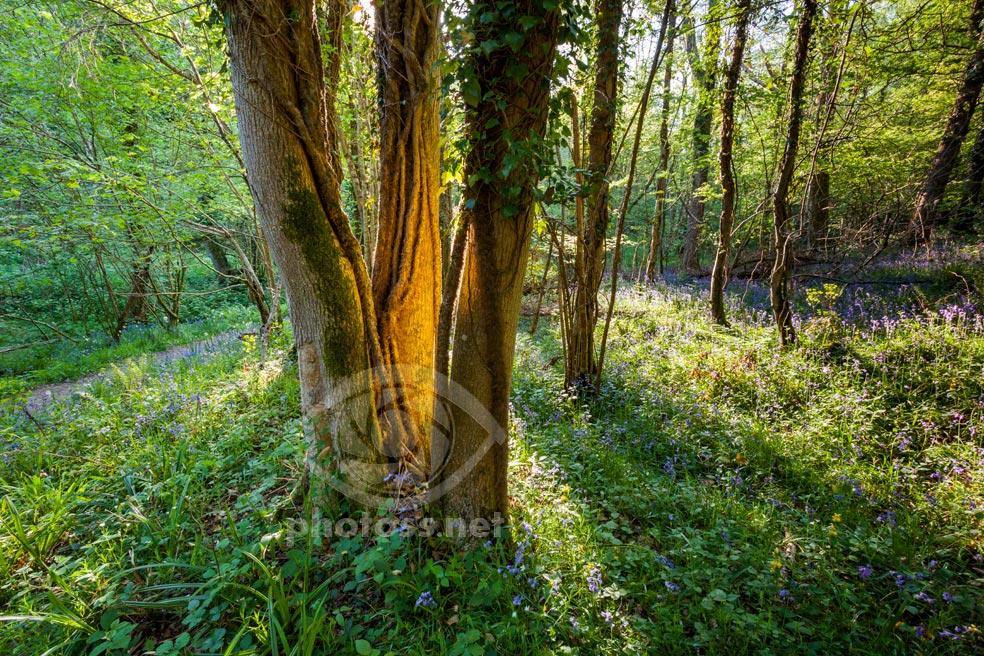
Woodland near Haywards Heath.
An unusual source of reflected light. One of the trees was being hit by intense sunlight on this July afternoon. The light was bounced onto its neighbour and created this “lantern effect”, which grabbed my attention…
Studio, portrait, still life photographers and others have been using these principles forever. Obviously they have the advantage of being able to create their own sources of reflected light, and to actively arrange their scenes. Unlike them, outdoor photographers have to rely on what’s available, anticipation and planning. And for the most part we can only change the arrangements in our scenes by changing our own vantage point. But the principles themselves are very much the same.
I’ve only given you a few examples of possible sources of this kind of secondary light that you are most likely to encounter in your outings. But this “magic” reflected light may come from an infinity of most unexpected sources.
So keep your eyes wide open and good luck!
Thank you for reading. I trust you found these quick tips on the use of reflected light in outdoor photography interesting and useful.
Read other similar articles in my Landscape Photography is Simple “blog”. Or click on a random post below.
The Falmer Triangle – a photographic guide to the South


